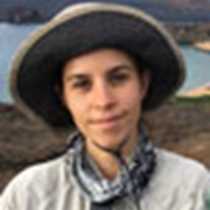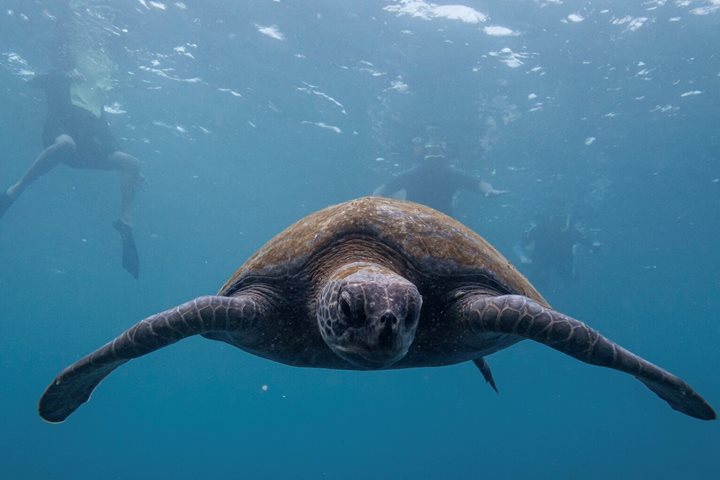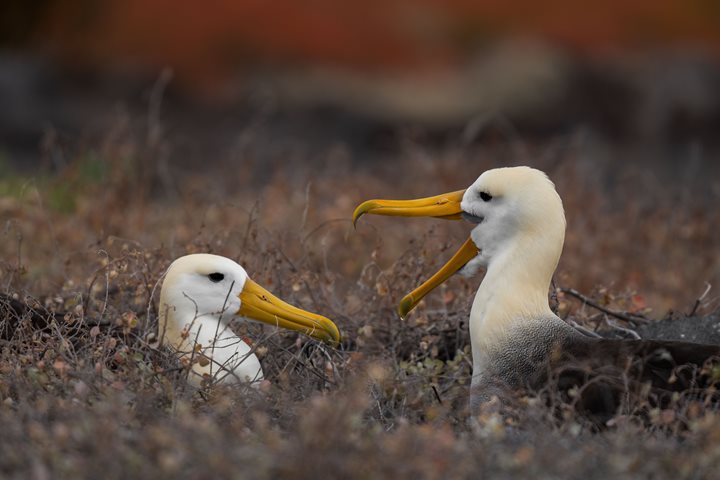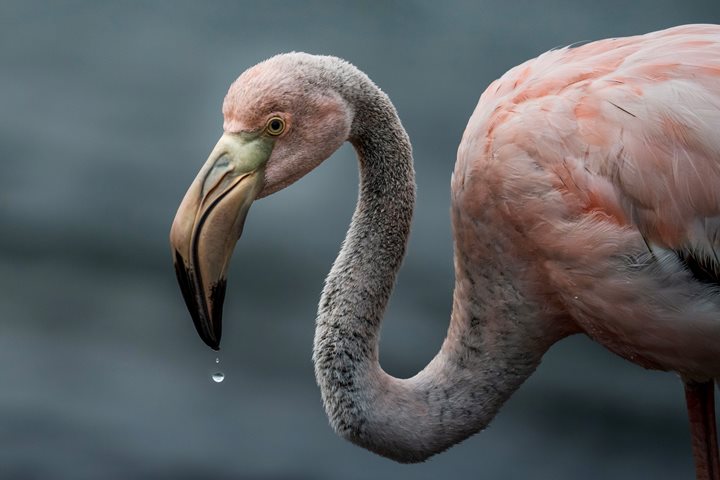Today we woke up anchored on the western side of Santiago Island in a place called Buccaneer’s Cove. This was also an anchoring spot for the famous H.M.S. Beagle when Charles Darwin was in the Galapagos in 1835, as well as for many other whalers over time. We had wonderful weather for water activities; we went out early for kayaking, and then after breakfast for snorkeling.
10/29/2024
Read
National Geographic Islander II
San Cristobal Island
Our day in the Galapagos began at Punta Pitt, where we made a wet landing on volcanic sand, greeted immediately by a baby sea lion and a white morph red-footed booby at the shore. We started our ascent up the hill, spotting numerous red-footed boobies along the way and even a blue-footed booby! The landscape was breathtaking, with vibrant red hues in the vegetation and layers of orange tuff stone creating a stunning backdrop. In the afternoon, we explored Cerro Brujo on the western side of San Cristobal Island. After landing on semi-volcanic sand, we strolled among large colonies of sea lions, leading us to a stretch of pure, powdery white sand. We joined our wellness specialist for a stretching session, then walked along the beautiful beach, marveling at the unique volcanic landscape around us. Before the sun set, we returned to National Geographic Islander II and our captain took us to Kicker Rock, an iconic eroded ash cone and a nesting site for many seabirds. With the rock glowing in the evening light, our guests raised a final toast to celebrate an unforgettable day in this extraordinary place.







